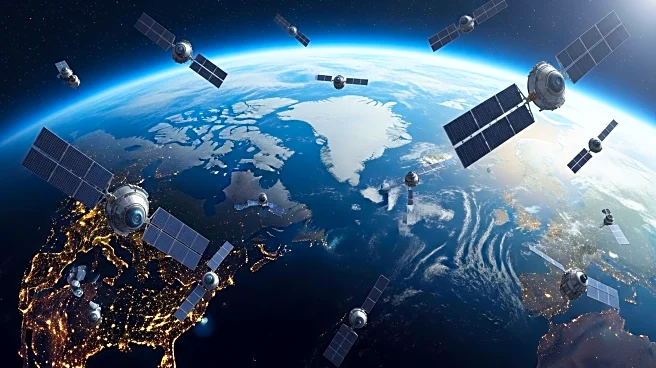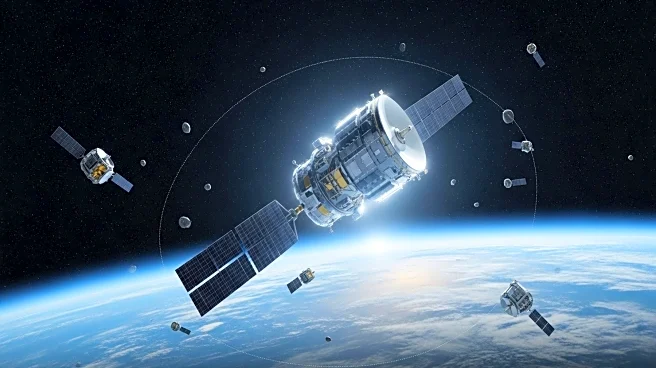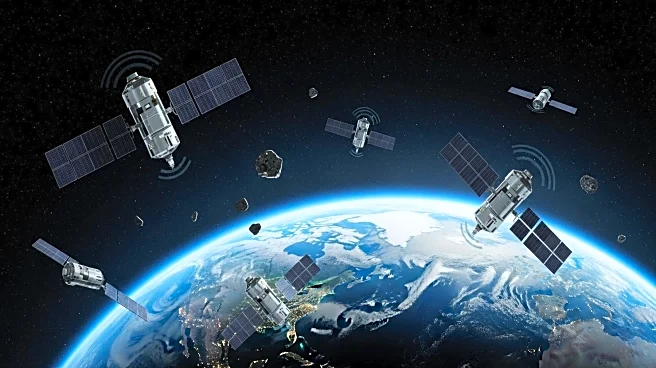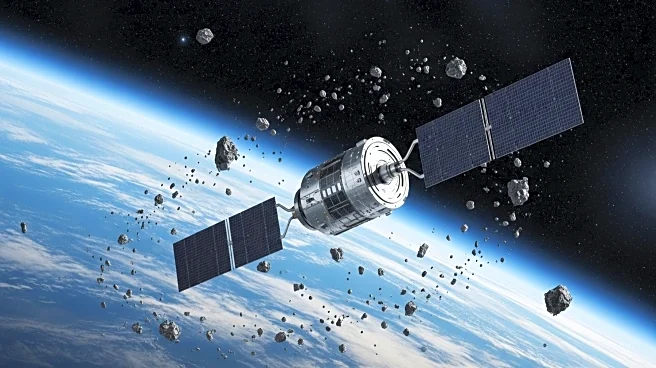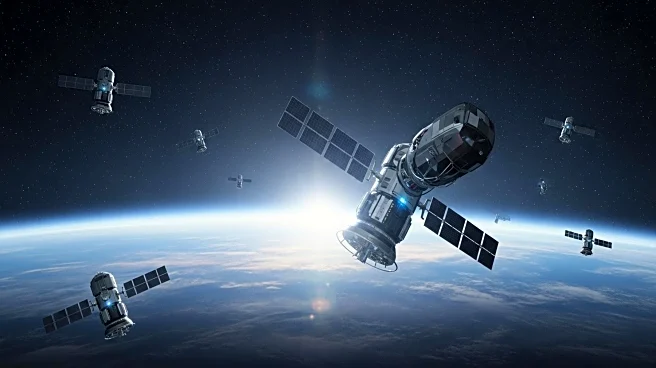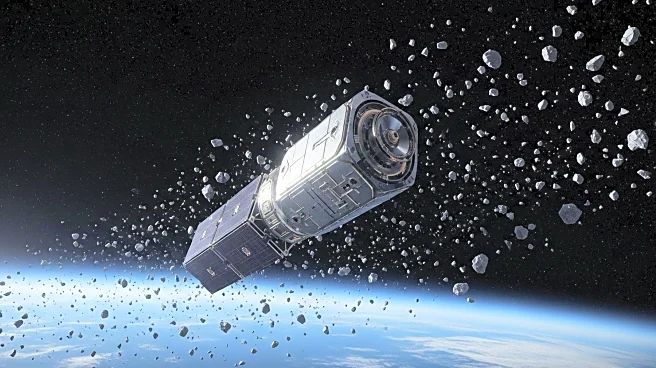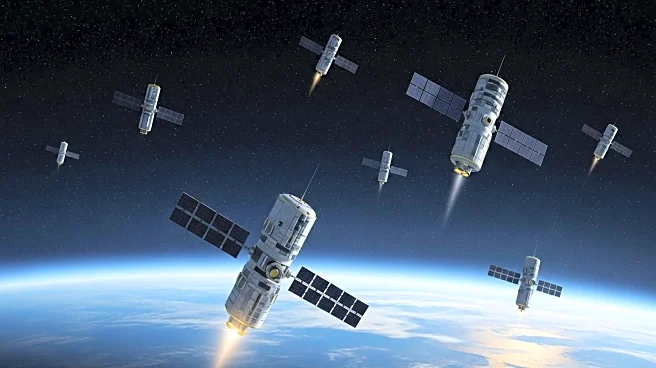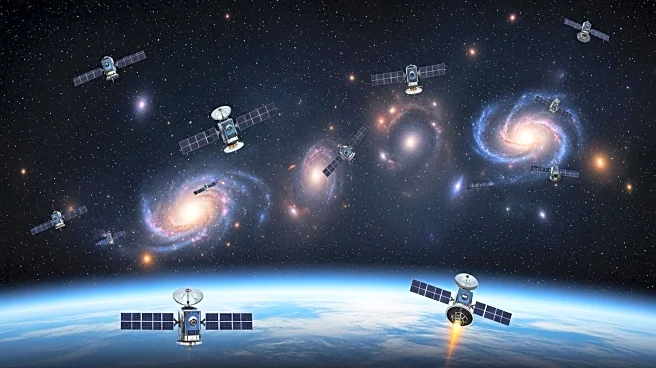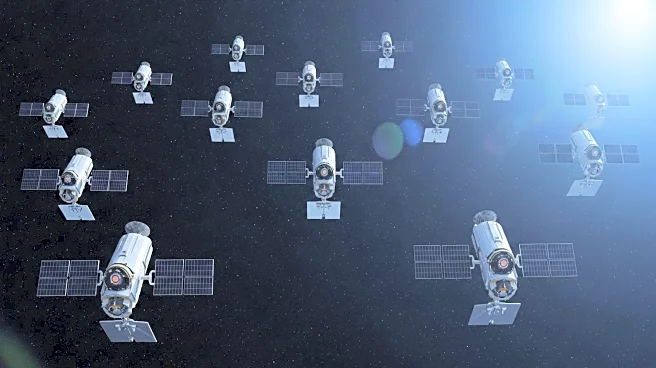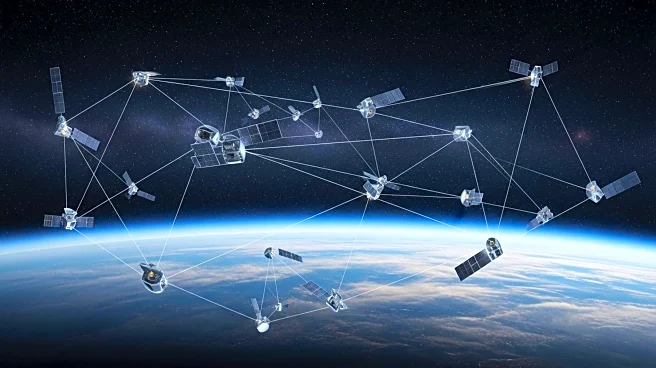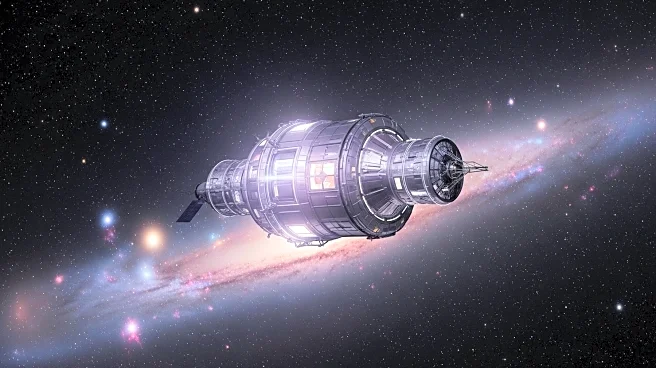What's Happening?
SpaceX's Starlink satellites are increasingly falling to Earth, raising concerns about space debris and atmospheric pollution. Since the deployment began in 2019, thousands of satellites have been launched to create a global internet network. However, these satellites have a short lifespan, typically around five years, leading to frequent controlled re-entries. Astrophysicist Jonathan McDowell notes that one or two satellites are falling daily, a number expected to rise as more satellites reach the end of their lifecycle. While designed to burn up in the atmosphere, the environmental impact of the metallic components released during re-entry, particularly aluminum, is causing concern among researchers. The potential effects on the ozone layer and atmospheric chemistry are still uncertain, but the risk is considered significant.
Why It's Important?
The increasing frequency of Starlink satellite re-entries poses potential environmental and safety risks. The release of metallic components during re-entry could have unforeseen effects on the ozone layer, contributing to atmospheric pollution. Additionally, the Federal Aviation Administration projects that by 2035, up to 28,000 fragments from re-entering satellites could survive descent annually, increasing the risk of satellite debris causing harm on Earth. This situation highlights the need for sustainable satellite deployment practices and raises questions about the long-term viability of large satellite constellations. The potential for overcrowded orbits leading to Kessler syndrome, a cascade of collisions, further underscores the importance of addressing these issues.
What's Next?
As the number of Starlink satellites continues to grow, researchers and policymakers may need to explore solutions to mitigate the environmental and safety risks associated with satellite re-entries. This could involve developing new technologies for safer satellite disposal or implementing stricter regulations on satellite deployment. The potential impact of solar activity on satellite orbits during solar maximum periods also requires attention, as geomagnetic storms can destabilize orbits and increase satellite failures. Stakeholders, including government agencies and private companies, will likely need to collaborate to address these challenges and ensure the sustainability of satellite networks.
Beyond the Headlines
The ethical implications of deploying large satellite constellations without fully understanding their environmental impact are significant. The potential harm to the ozone layer and the risk of falling debris highlight the need for responsible space exploration practices. As satellite technology continues to advance, balancing innovation with environmental stewardship will be crucial. The situation also raises questions about the accountability of private companies in managing space debris and their role in protecting Earth's atmosphere.
